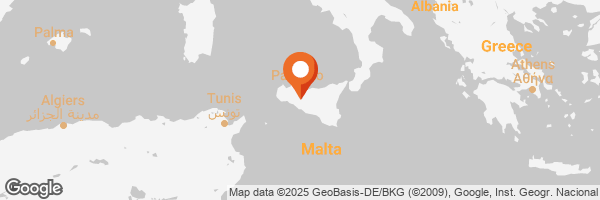
Hello friends. I want to share my experience from our trip to Sicily. This was my first visit to this Italian island and I was incredibly excited because the island offers such a diverse range of experiences. Just a few kilometers away from Palermo, the scenery changes dramatically. Some areas remind you of Greece, while others evoke Switzerland. We began our tour in a fascinating location and in today’s post I’ll focus on Sicily’s less conventional, rarely visited tourist spots, especially those tied to architecture and design.



Our first stop was Santo Stefano di Quisquina home to the Andromeda Theater, constructed by local sculptor Lorenzo Reina, who once worked as a shepherd. This theater is known as one of the highest-altitude theaters in the world. While it hosts music and theatrical performances, what struck me most was its architectural and artistic design. The theater resembles an ancient temple, perhaps even a Sumerian one. At the entrance a sculpture of the Sumerian god Enki greets visitors. Some historians speculate that this god, believed to have come to Earth 50.000 years ago, might have been an extraterrestrial. Lorenzo incorporated numerous symbolic elements into his design. For instance, the seating area consists of 108 blocks, representing the 108 stars in the Andromeda constellation.







But why the Andromeda constellation? In 2.5 billion years Earth is expected to collide with the Andromeda galaxy. This idea fascinated Lorenzo, inspiring the seating arrangement. The concept came to him while grazing his sheep. The seats resemble a flock of sheep scattered across mountain pastures. The stage elliptical in shape, symbolizes Earth’s 365 day orbit around the Sun and its frame consists of 365 bricks, matching the number of days in a year. How leap years are accounted for remains unclear.


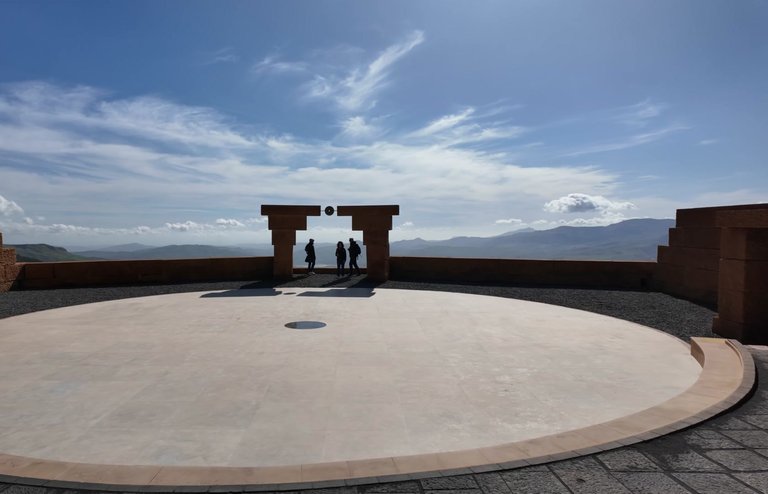

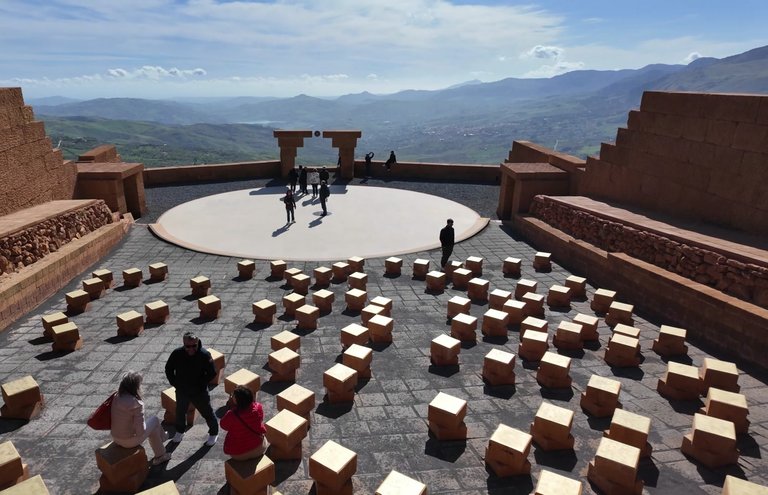

This place attracts many visitors interested in cosmic and mystical theories. During the summer solstice at sunset the sun aligns perfectly with a circular opening above the gates, referred to as the Solar Altar. This is a fascinating detail.
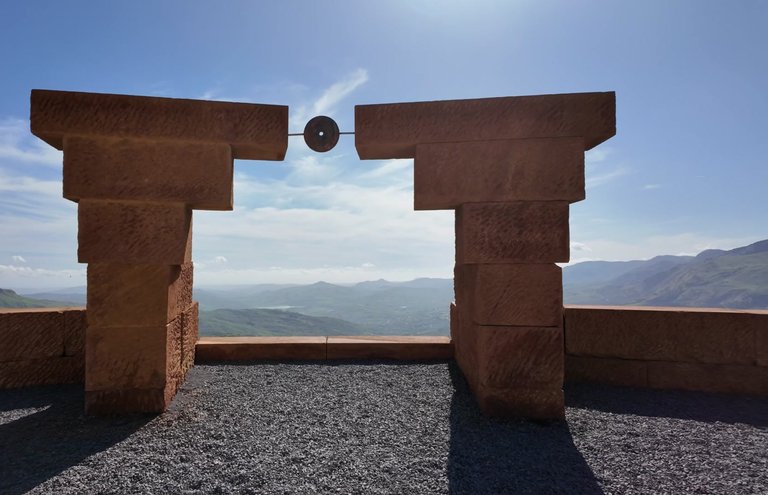
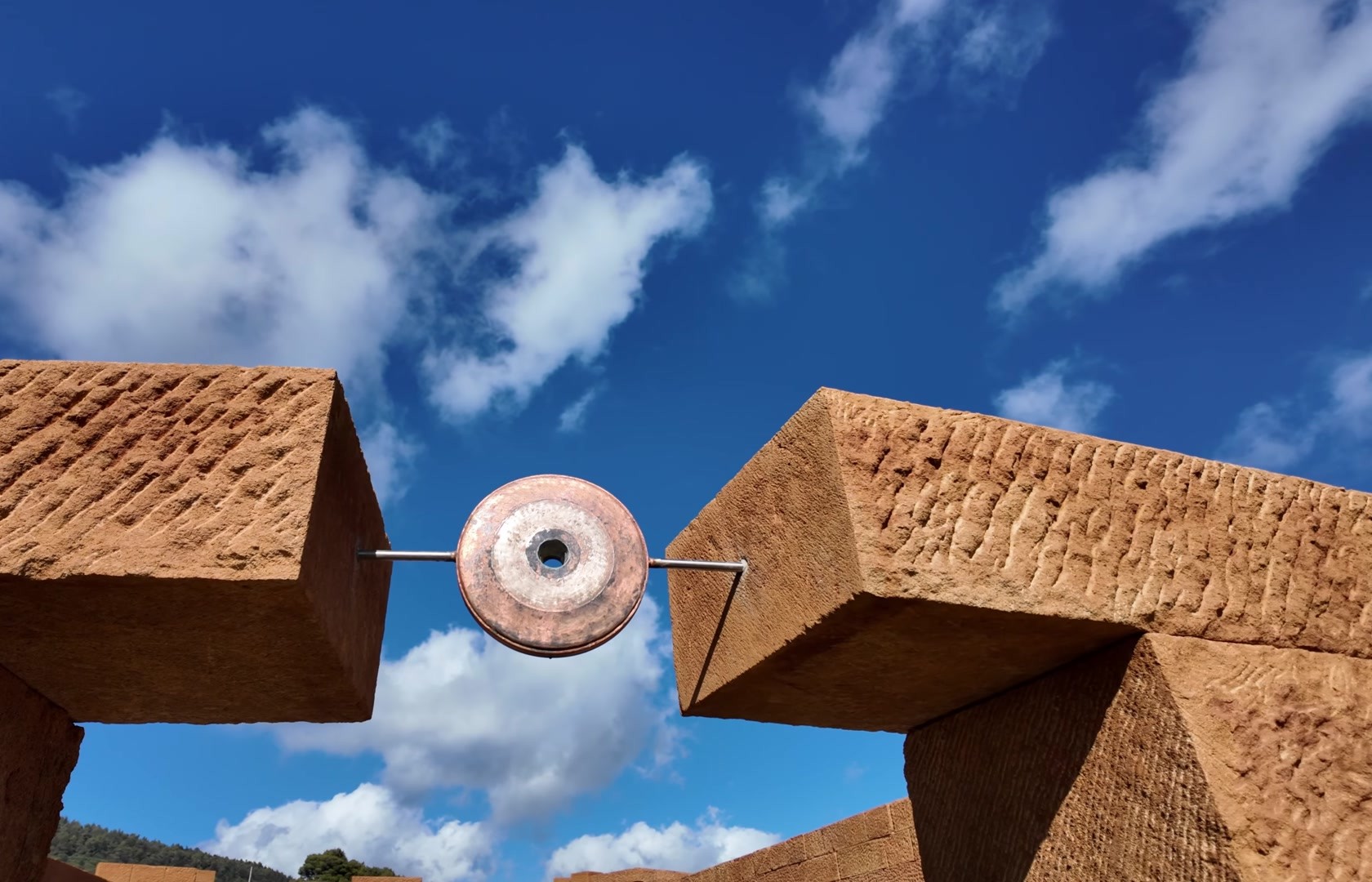
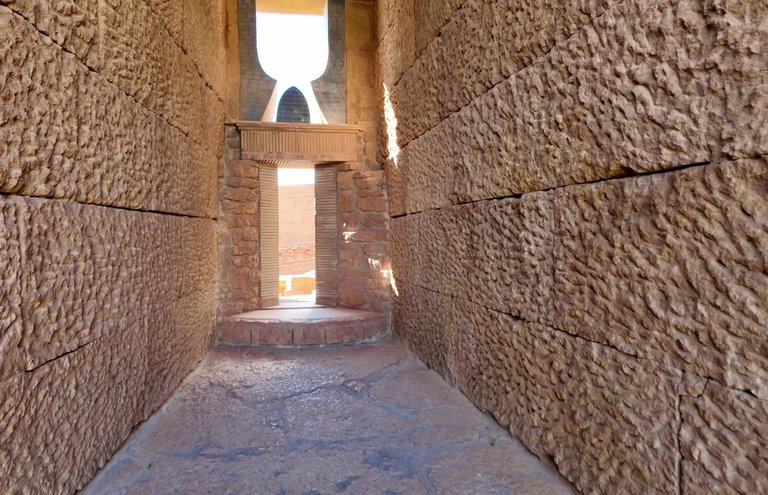
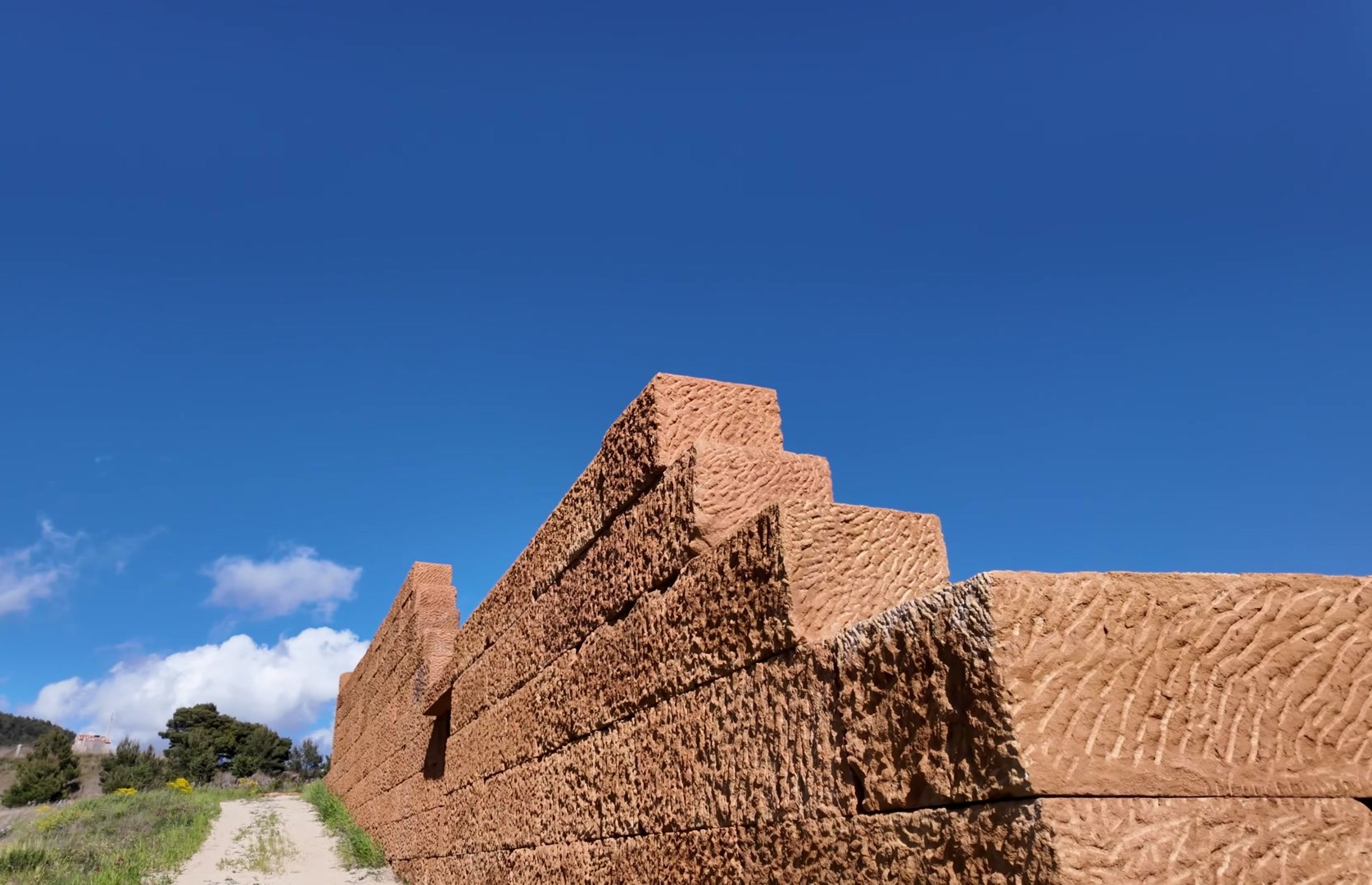
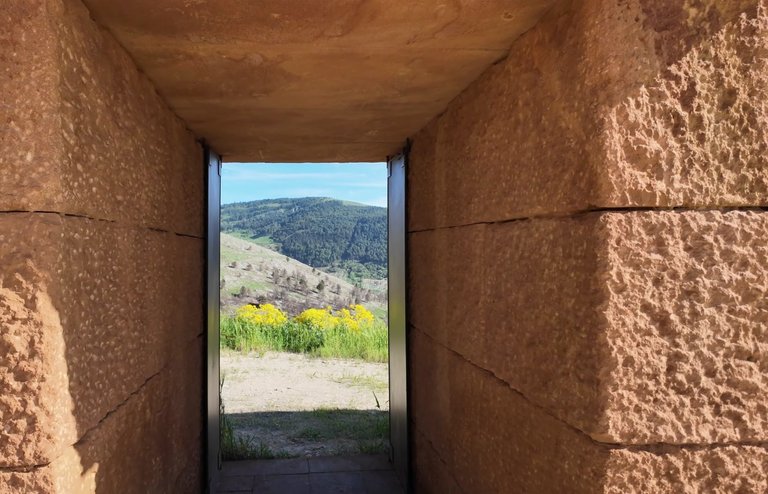


In addition to Enki other sculptures related to the sun, sky and space are scattered throughout. The Gates of Lazarus or Resurrection Gates, create a light and hope symbol when sunlight falls precisely into Lazarus's mouth during the summer solstice. There’s also a statue of the mythological figure Icarus, whose wings melted when he flew too close to the sun.





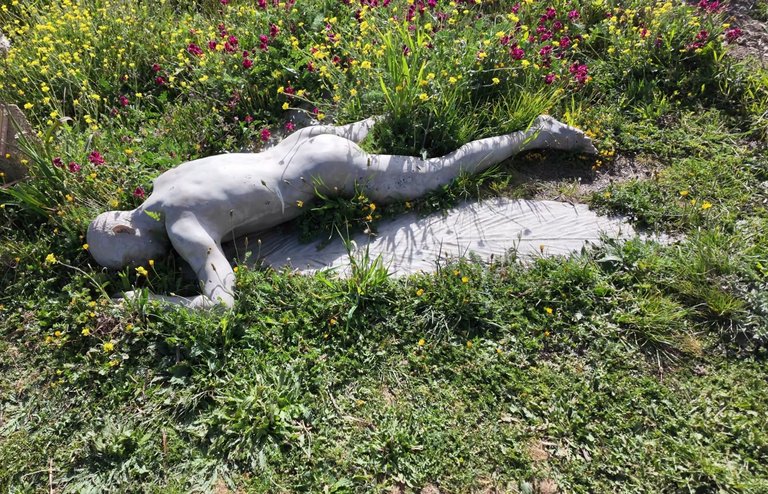
This place radiates mystical energy. The artist encourages visitors to listen to the silence, meditate and discover inner meanings. Although this might be challenging amidst the lively chatter of Italians, meditation aims to disconnect from the surroundings and dive inward.
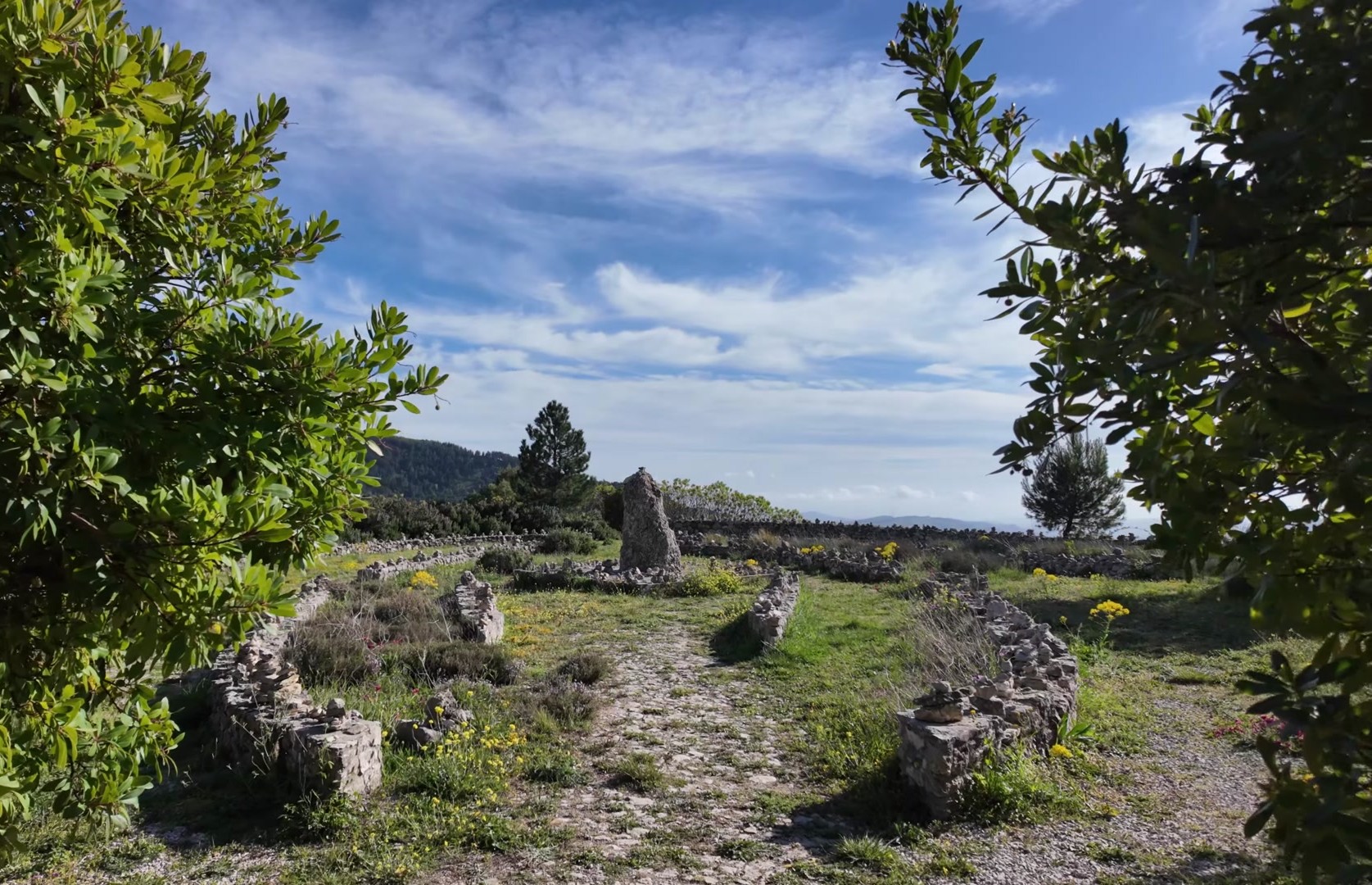


Next we visited a village once known as Gibellina, located in the mountainous Trapani region. In 1968 a devastating earthquake destroyed nearly all the structures in the village, resulting in significant loss of life and widespread destruction. Later, architect Alberto Burri proposed building a memorial here called Cretto di Burri. The term cretto translates to crack or fissure. The memorial consists of a massive concrete slab entirely covered in cracks, symbolizing the village's old streets. These cracks represent the paths once walked by the villagers.




The scene is moving, evoking a sense of melancholy. The earthquake’s impact feels tangible, as even the roads leading here are riddled with cracks. This isn’t due to poor road maintenance in Sicily but rather the emotional weight of the site. The original village was rebuilt 20 kilometers away as Gibellina Nuova (New Gibellina), where the surviving villagers relocated. Remnants of the old village's outskirts can still be seen, perhaps structures outside the main settlement. This landscape serves as a stark reminder of how terrifying earthquakes can be. Despite the tragedy the surrounding vineyards and cultivated fields show that life continues.



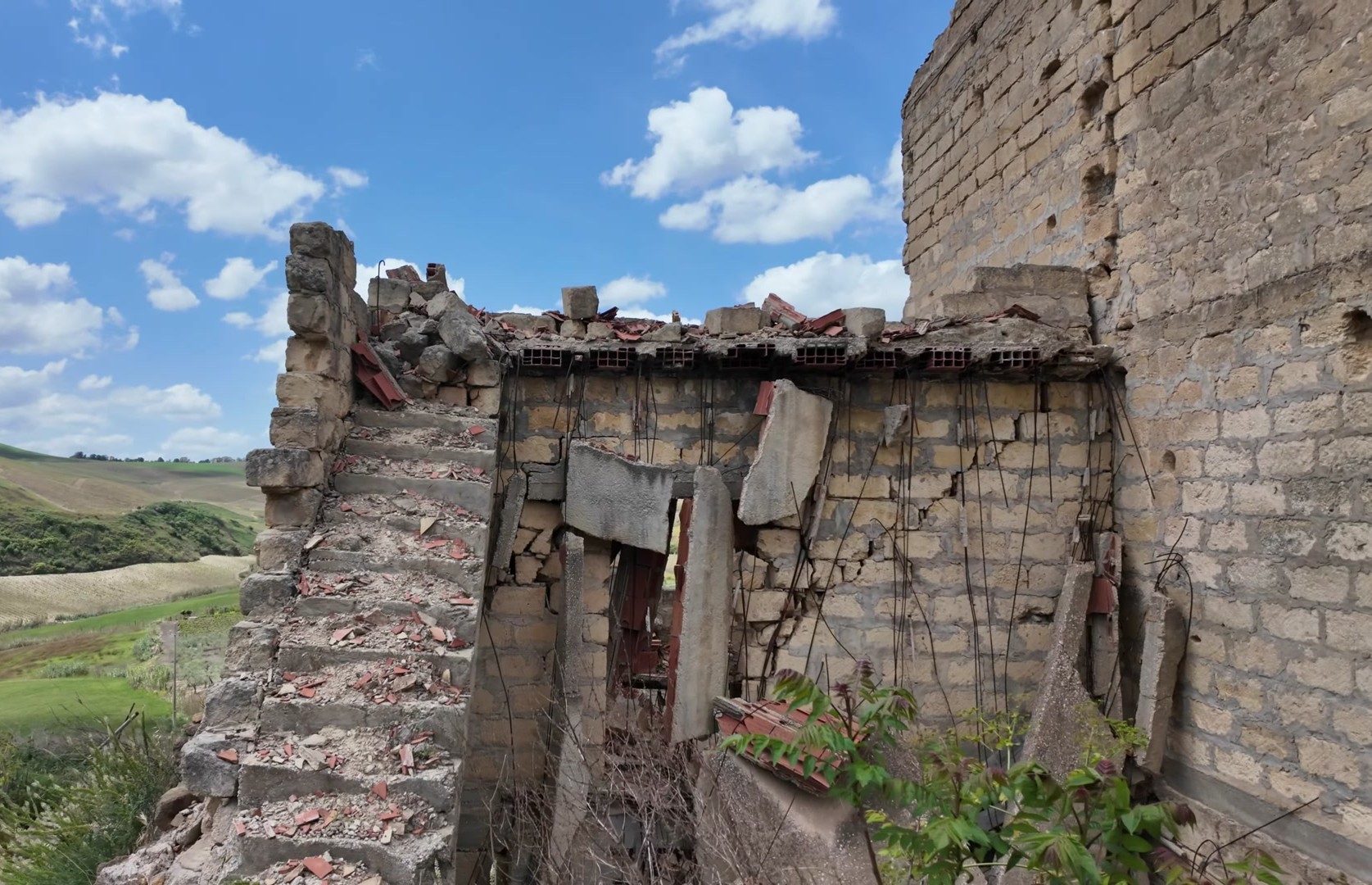
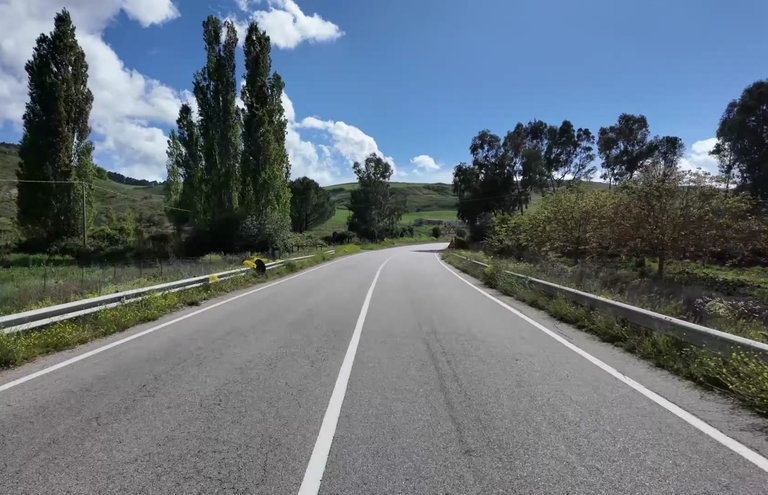
Another interesting spot is Alicia Square in the town of Salemi, also affected by the earthquake. Portuguese architect Álvaro Siza Vieira was invited to redesign the square, working with great care and respect for the region’s history. The square is paved with white marble from the Trapani region and one corner features the ruins of an old church. However, I wouldn’t say this square is a must-see destination. If you’re nearby it’s worth a visit, but it’s not something to go out of your way for.

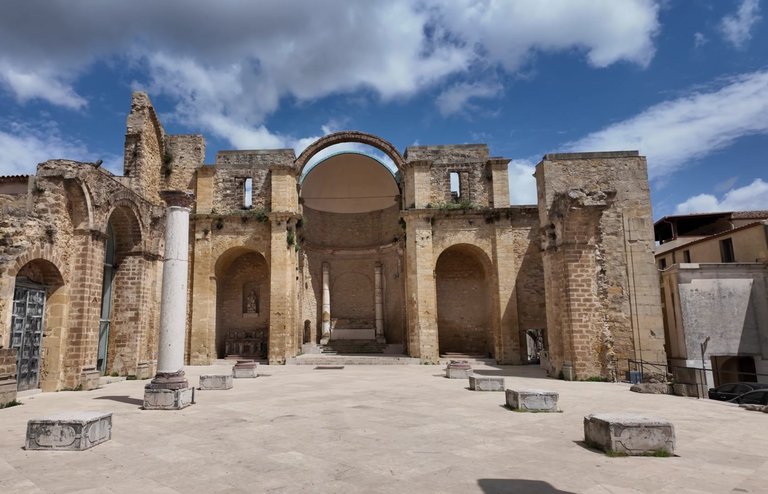
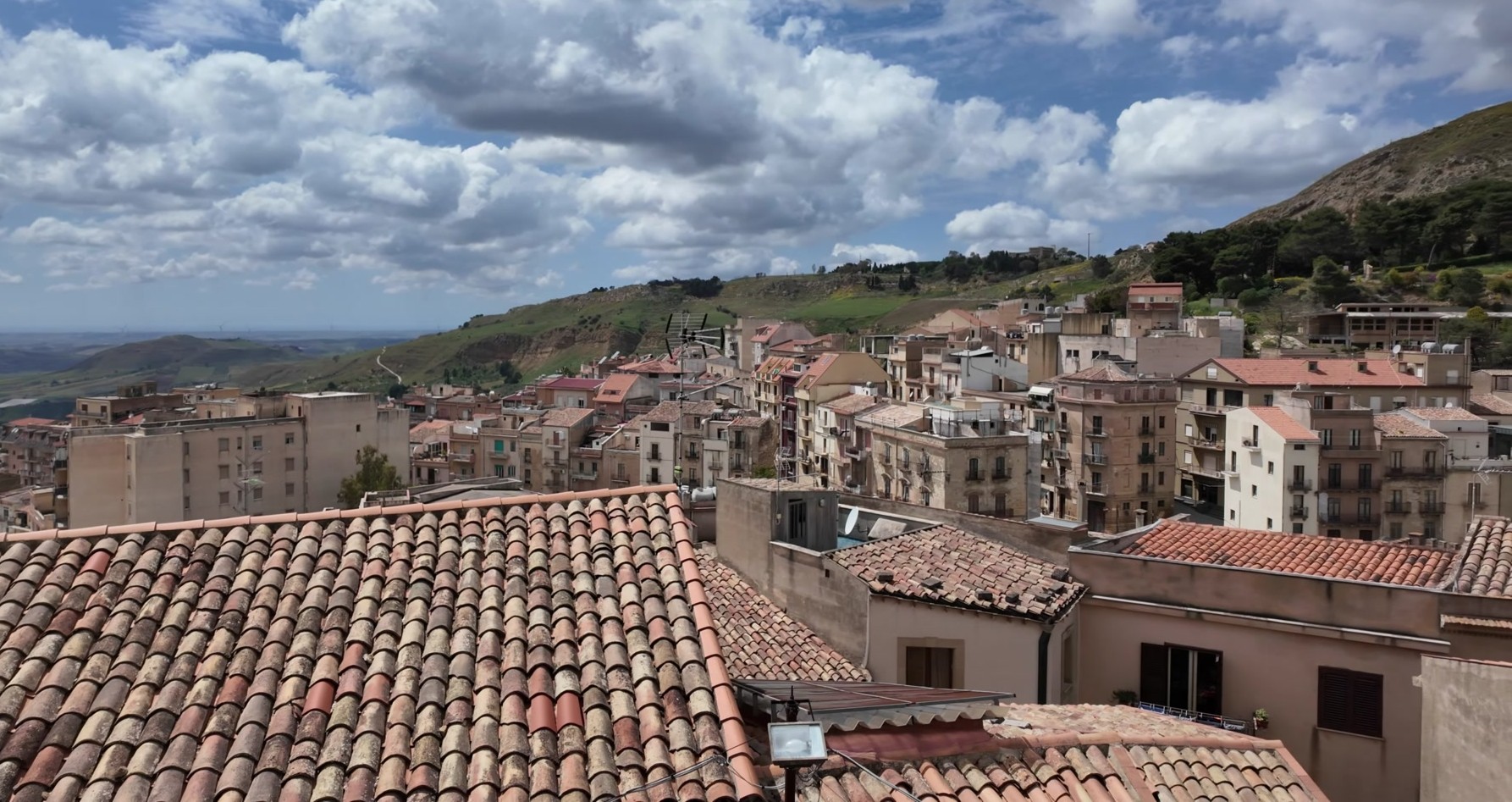


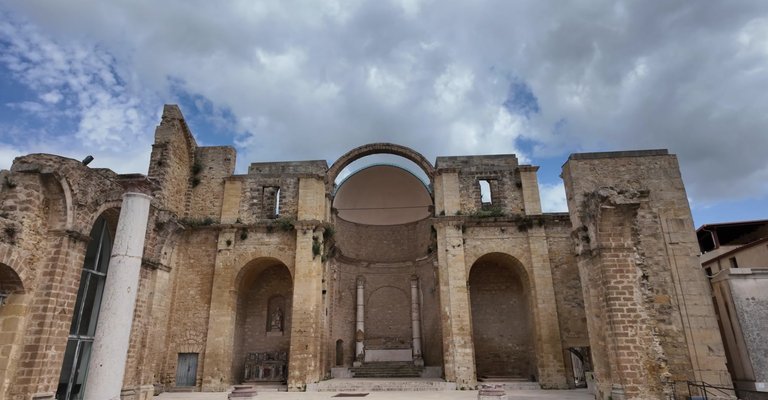



The last stop on our tour was the Florio Winery in the town of Marsala, a place renowned for its design and its wines. The name Marsala itself is synonymous with a specific wine color, inspired by the hue of the wines produced here. Interestingly Marsala wine was first created by the British, who fortified white wine with brandy to produce this unique beverage.




One of the most fascinating aspects of the Florio Winery is that the cellars are not temperature-controlled. Instead the temperature is regulated naturally, thanks to the properties of the soil. Located just 95 meters from the sea, the cellars are built with tuff stone, which absorbs excess moisture and releases it when needed. Due to the sloped design of the cellars, there is a 4 degree temperature difference between the start and end points. To ensure the best quality, the most valuable wines are moved from barrel to barrel along the length of the cellar.






The wines are primarily made from the Grillo grape, native to Sicily. These grapes produce both sweet and dry varieties and I highly recommend trying them if you have the chance.
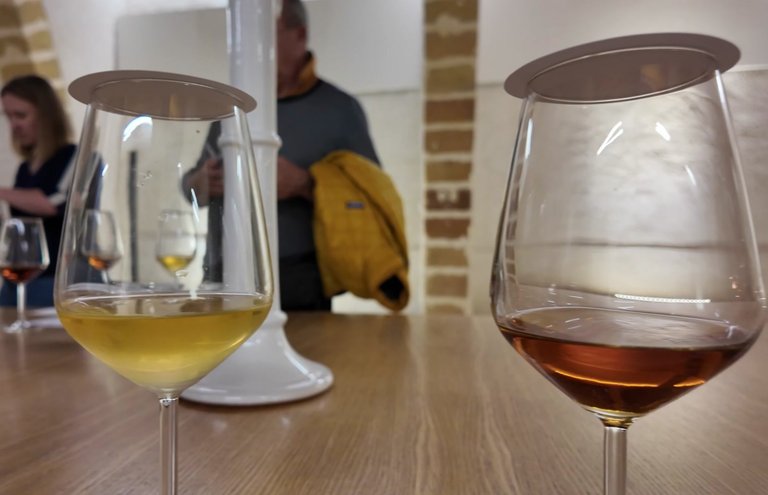
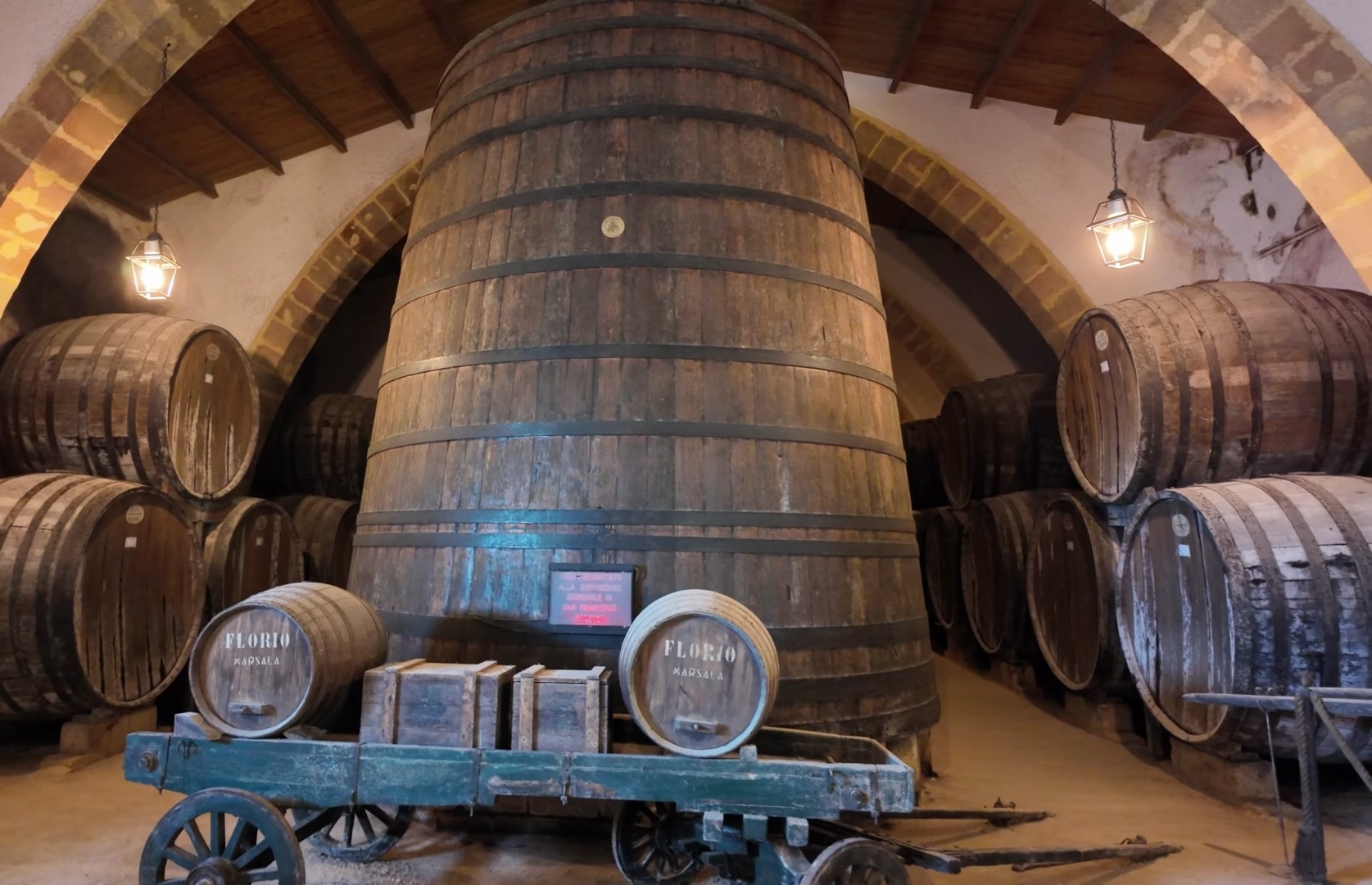
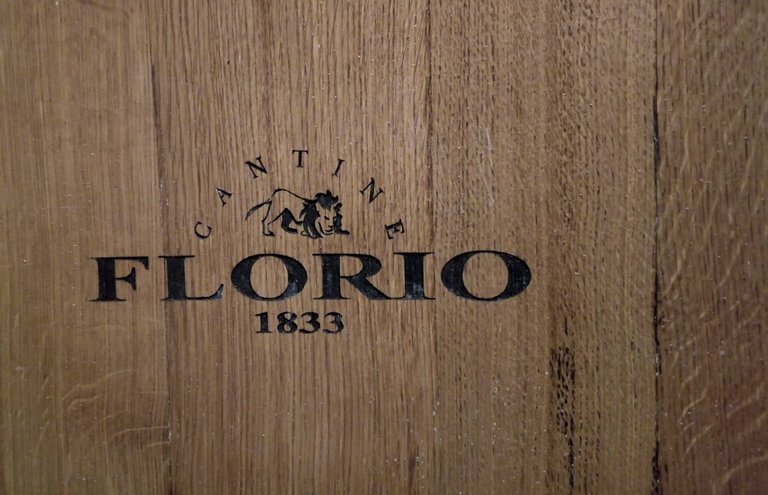
In this tour we explored Sicily's lesser-known and even somewhat mysterious locations. I hope this journey has captured your interest. If you ever find yourself in Sicily, consider visiting these unique spots. And of course, the wine is exceptional everywhere. Thank you and see you next time.
